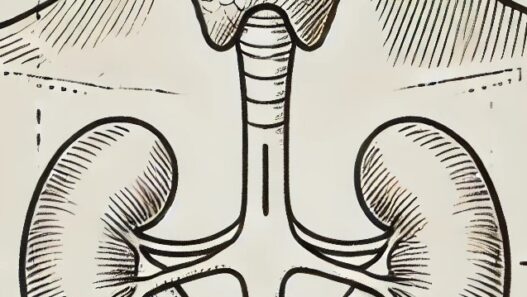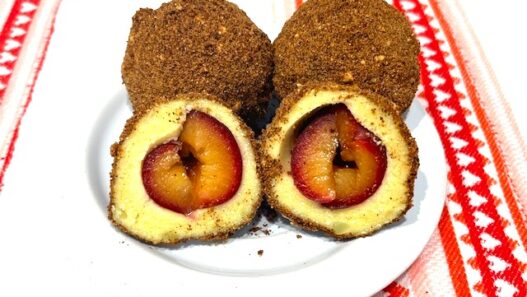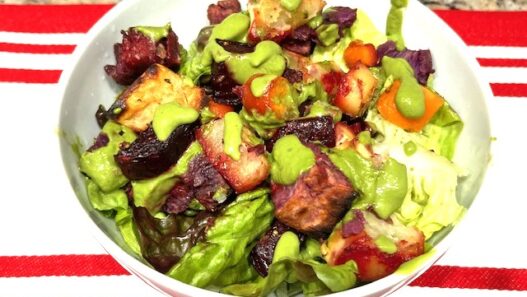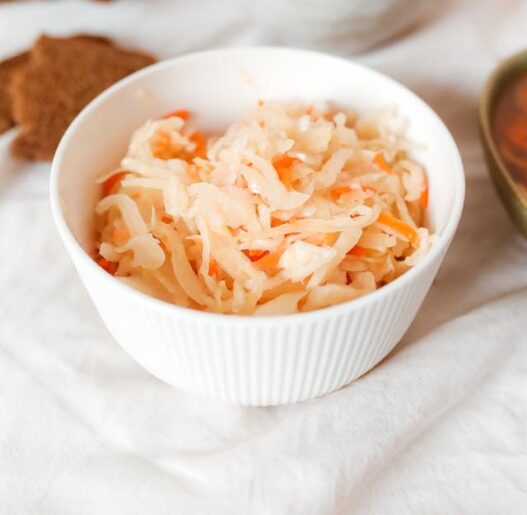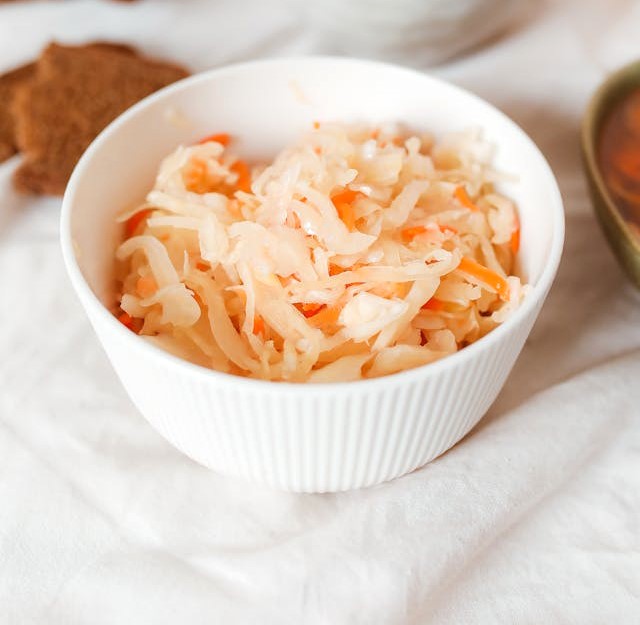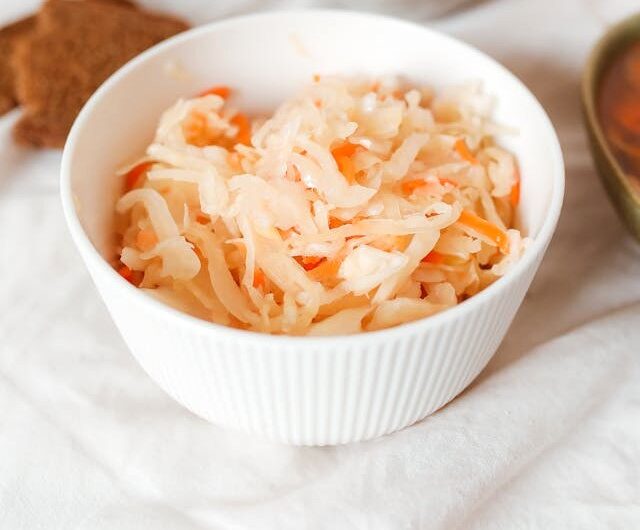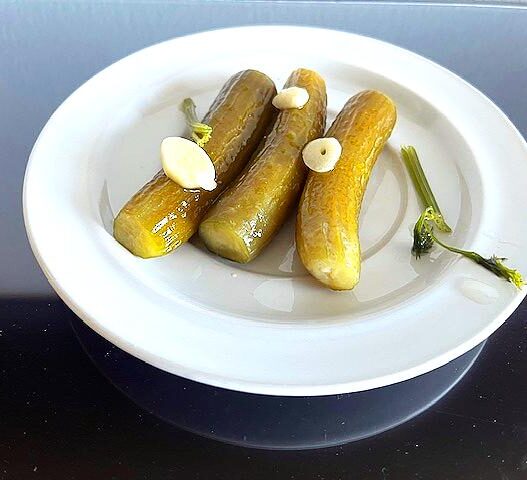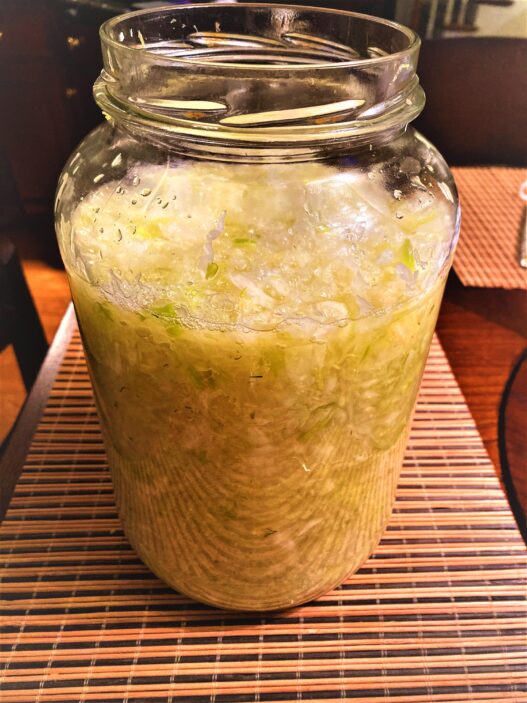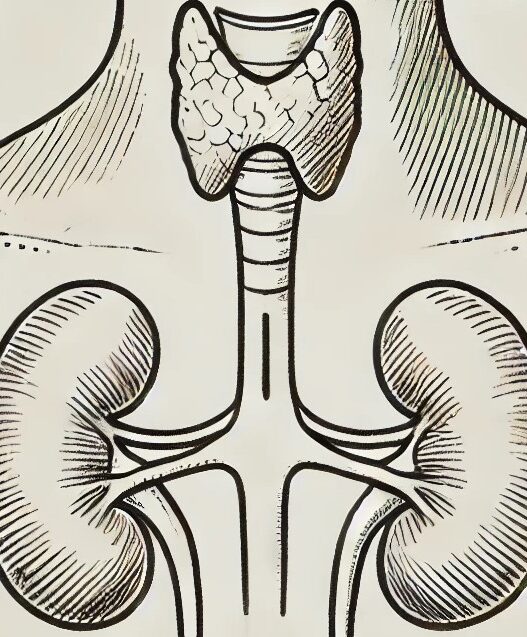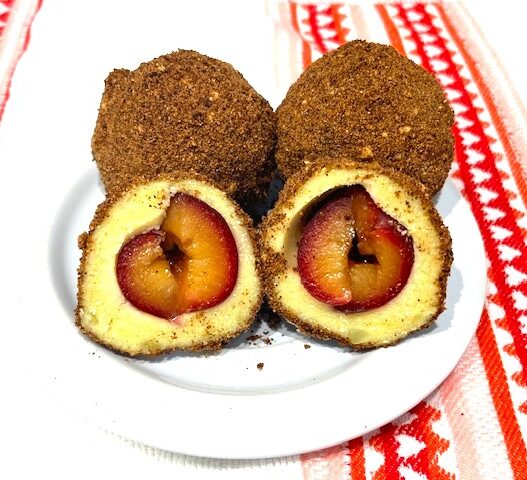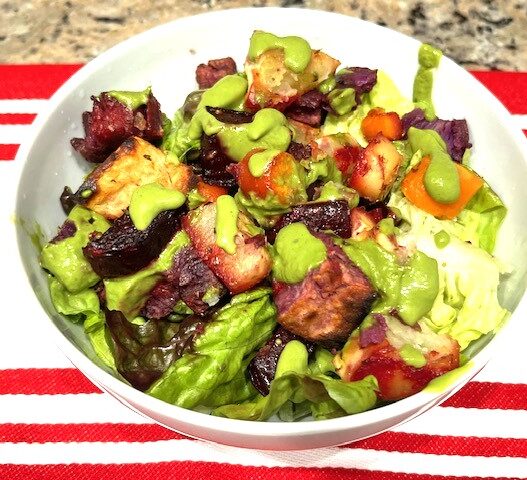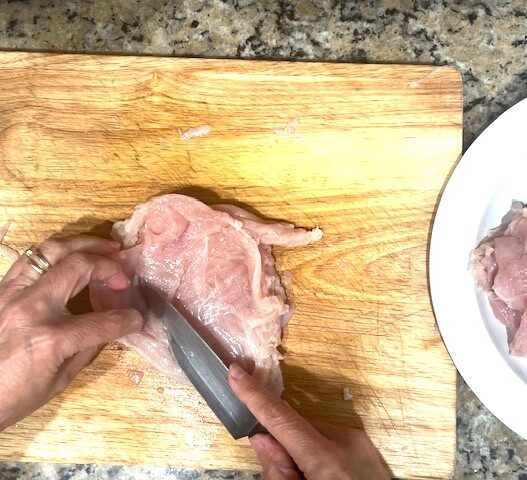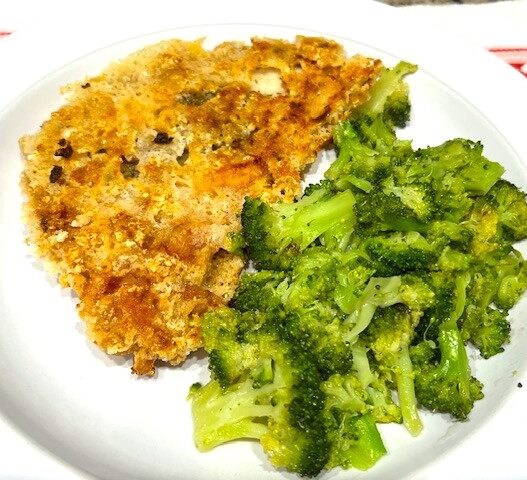Follow me on:
Waterless Homemade Sauerkraut: A Probiotic-Rich, AIP-Friendly Gut Health Booster
The Waterless Homemade Sauerkraut recipe uses only cabbage juices for a natural brine. The recipe includes dill, garlic, and carrots, creating a flavorful, probiotic-rich side dish.
A Staple in Romanian Cuisine
In Romania, sauerkraut is essential for many traditional dishes. It pairs well with sarmale (cabbage rolls) and roasted meats. Sauerkraut juice is often enjoyed as a refreshing drink with meals, and it is also used to sour soups, transforming them into the traditional “ciorbă.”
Romanian families prepare sauerkraut in autumn to last through winter. It holds cultural significance and connects generations through shared food traditions.
This Waterless Homemade Sauerkraut version requires no added water. Natural cabbage juices combine with salt to create the fermentation brine.
Health Benefits of Homemade Sauerkraut
Fermented foods like sauerkraut boost gut health. They provide probiotics that support digestion and strengthen the immune system.
The fermentation process increases nutrient availability. Sauerkraut is rich in vitamins C and K, plus enzymes that aid digestion.
Eating sauerkraut regularly reduces inflammation and supports overall well-being. It’s especially helpful for people with autoimmune conditions.
Adding fermented foods to your diet can improve your microbiome. A healthier gut leads to better overall health.
Ingredients
For about 2 liters (half-gallon) of sauerkraut:
1 large cabbage (about 1.5 kg / 3.3 lbs). Choose a fresh, firm cabbage with tight leaves.
2 medium carrots (about 150 g / 5.3 oz). Use carrots for natural sweetness and color.
1 small bunch of fresh dill (10-15 g / 0.35-0.5 oz). Dill adds a distinctive, herbal flavor.
4-5 garlic cloves (or to taste). Garlic enhances the taste and adds antimicrobial properties.
36 g salt (about 2 teaspoons per pound of cabbage). Use non-iodized salt for better fermentation results.
Waterless Homemade Sauerkraut Instructions
1. Prepare the Cabbage
First, remove the outer cabbage leaves. Set them aside for later use as a cover. Next, cut the cabbage in half. Remove the core and discard it. Thinly slice the cabbage using a knife, mandoline, or food processor. Place the sliced cabbage into a large mixing bowl.
2. Grate the Carrots
Peel the carrots before grating them. Use a coarse grater for best texture. Add the grated carrots to the bowl with the sliced cabbage. Mix them well to evenly distribute the vegetables.
3. Chop Dill and Garlic
Wash the fresh dill thoroughly. Then, chop it into small pieces. Peel the garlic cloves and mince them finely. You can adjust the amount to your taste. Add the dill and garlic to the vegetable mixture. Stir to combine.
4. Massage with Salt
Sprinkle salt over the cabbage mixture. Make sure to spread it evenly. Massage the vegetables with your hands for 5-10 minutes. This step helps release juices. The cabbage should start to feel softer. You will see liquid forming at the bottom of the bowl.
5. Pack the Jar
Transfer the vegetable mixture into a clean glass jar. Use a large jar to allow room for expansion. Press down firmly with your hand or a tamper. This removes air pockets and ensures the cabbage stays submerged. Add any remaining liquid from the bowl into the jar. It should cover the vegetables completely. Place the reserved cabbage leaves on top. This helps keep the vegetables submerged.
6. Cover and Ferment
Cover the jar with a loose lid or cloth. Allow air to escape during fermentation. Store the jar in a cool, dark spot. The ideal temperature is between 18-22°C (64-72°F). Check the jar daily. Press down the cabbage if it rises above the liquid. After 7 days, taste the sauerkraut. If it needs more time, let it ferment longer. Once it reaches your desired taste, store the jar in the refrigerator. This slows the fermentation process.
Taste regularly to find the perfect tanginess for you.
Why This Waterless Homemade Sauerkraut Recipe Works
This recipe uses natural cabbage juices for a flavorful, probiotic-rich brine. The salt ratio ensures safe fermentation.
Dill, garlic, and carrots add unique flavors to the sauerkraut. It’s a traditional recipe with modern health benefits.
Enjoy your Waterless Homemade Sauerkraut with any meal. It’s a delicious way to improve your gut health.
You might also want to try the following gut-healthy, probiotic-rich recipes:
Homemade AIP Pickles
If you made this Waterless Homemade Sauerkraut recipe, I would love to hear from you in the comments below! Your feedback and any tips you might have are always appreciated. Feel free to share how it turned out or any variations you tried – I’m excited to hear about your experience!
Waterless Homemade Sauerkraut
Course: Salads, Sides, Lunch, DinnerCuisine: German, Eastern EuropeanDifficulty: Easy8
servings20
minutes55
kcal1/2
cupWaterless Homemade Sauerkraut with Dill, Garlic, and Carrots is a traditional Romanian recipe that uses only cabbage juices for fermentation. This probiotic-rich side dish is flavored with fresh dill, garlic, and sweet carrots, creating a tangy, crunchy, and healthy addition to your meals. It’s easy to prepare, requiring just a few ingredients and some patience for fermentation, making it a perfect way to support gut health while enjoying a delicious, homemade treat.
Ingredients
1 large cabbage (about 1.5 kg / 3.3 lbs).
2 medium carrots (about 150 g / 5.3 oz).
1 small bunch of fresh dill (10-15 g / 0.35-0.5 oz)
4-5 garlic cloves (or to taste).
36 g salt (about 2 teaspoons per pound of cabbage). Use non-iodized salt for pickles for better fermentation results.
Directions
- Remove the outer cabbage leaves. Set them aside for later use as a cover.
- Cut the cabbage in half, remove the core and thinly slice it using a knife, mandoline or food processor.
- Peel the carrots and grate them using a coarse grater.
- Chop the dill and the garlic.
- In a large bowl, combine the cabbage, carrots, dill and garlic and stir to combine.
- Sprinkle the salt over the cabbage mixture and massage the vegetables with your hands for 5-10 minutes. The liquid will form at the bottom of the bowl.
- Transfer the vegetable mixture into a clean glass jar. Press down with your hand to remove air pockets. Add the liquid from the bowl and ensure the vegetables are covered completely. Please the reserved cabbage leaves on top and use a plate or a glass weight to keep the vegetables covered with the liquid.
- Cover the jar with a loose lid or cloth to allow air escaping during fermentation. Store the jar in a cool, dark spot at a temperature ideally between 18-22°C (64-72°F).
- Check the jar daily and press the cabbage if it rises above the liquid.
- After 7 days, taste the sauerkraut and let it ferment if it did not reach yet your desired taste.
- Once it reaches your desired taste store the jar in the refrigerator.
Notes
- Fermentation Time: The fermentation process can vary depending on the ambient temperature. In warmer conditions, sauerkraut may ferment faster. Taste it after 7 days and let it ferment longer for a stronger flavor.
- Salt Amount: Ensure you use non-iodized salt for pickles for the best fermentation results. The right salt-to-cabbage ratio helps prevent spoilage and supports healthy fermentation.
- Submerging Vegetables: Keep the cabbage mixture submerged in its own juices during fermentation to prevent exposure to air, which can lead to spoilage. You can use a clean weight or a small jar to help keep it submerged.
- Storage: Once fermented to your liking, store the sauerkraut in the refrigerator to slow down the fermentation process. It will keep for several weeks.
- Flavor Variations: Feel free to adjust the amount of garlic or dill to suit your taste. You can also experiment by adding other vegetables such as cauliflower, parsnips.
- Cabbage Type: Use a firm, fresh cabbage with tight leaves for the best texture and flavor. Avoid older or wilted cabbage, as it may not produce enough juice for proper fermentation.
- Probiotic Benefits: Sauerkraut is rich in probiotics, which are great for supporting digestion and boosting the immune system. Enjoy it regularly as part of a gut-friendly diet.



